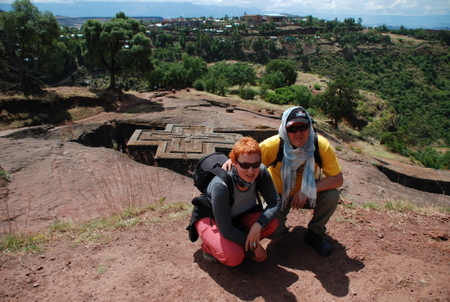Voyage to the New Jerusalem or
HOW WE GOT TO ETHIOPIA ..
Once upon a time live a King Lalibela. And to make all his people happy and not make them die in agony for the faith (these people were Orthodox Christians) by their way to the Holy Land, he ordered to construct New Jerusalem. In Africa.
The king lived in the 12 century. In Ethiopia. He belonged to a dynasty Zagve. Further, however, there are many legends and tales. Everyone invents his own.
We were disembarked from the aircraft with children and our luggage in Istanbul at 2 a.m.
After 3 days we received visas in Ankara and follow our way to Ethiopia.
Adis – Abeba.
Located on the Ethiopian highlands at an altitude of 2400m. City with completely destroyed.
Dirt (debris, plastic bags, bottles) in the streets absent completely, because the locals use them in everyday life! By the way, rubbish does not exist anywhere in the country!
Move slowly through the streets of old Lada cars blue and white colors, some dilapidated buses, sheep, goats and shepherds.
Along the road explosive mixture of slams and banks. Sometimes the forest valves may flicker conscript hotel advertising.
Ironically, at the local supermarket has been virtually everything you need for travel. Even the delicious yogurt! The prices were similar with our in Kiev.
Quickly resolved the questions with a local tour operator, boarded into a bus and follow to the north of the country’s cultural heartland of Ethiopia
Our driver was called Ephrem, that means we just Yefim!
The first real overnight we had 140km from AA in campsite. Place of a wonderfully beauty – near a huge canyon. We put the tents near the canyon..
Camping is surrounded by local residents. I think that if we were not guarded – we would lie naked in the morning. Without the items and tents. And no food.
In the morning we walked to a small waterfall with the Portuguese bridge. Each of us was accompanied by a local guide. Age of the bridge from the stories of experts ranging from 500 to 120 years.
Our way lay to the glorious city of Bahir Dar on Lake Tana. Not far from Bahir-Dar is a natural attraction – the Blue Nile Falls. Back in AA, we tried to explain that we want to spend the night near the Falls. In the eyes of locals was read horror. They saw at first the people who would like to spend the night there!
However. Wisdom is not to direct refusal. The driver said that the course would bring us a night where we want. And, despite the fact that the road was lovely, was driving no more than 60km per hour. In Bahir Dar we got late in the evening. And trip to the Blue Nile decided to make next day.
Lake Tana.
City of Bahir Dar is right on the shore of Lake Tana. Big lake in Highland. It implies the Blue Nile. A lot of miracles happen here and Christians built near the coast and on the numerous islands monasteries
We would like to visit them.
The first monastery lies on a peninsula Zege in 25 minutes trip by boat. The water is muddy-yellow. Pelicans swim on the lake. Some rafts carry firewood.
In the morning it was cool, but by 10 am the temperature rise quickly. The monastery had a strange and unusual name Ura Kidane Meret. This is one of the most famous monasteries on Lake Tana.
We disembarked and went deep into the peninsula. Rumor “Lokhov brought” spread everywhere and we were quick surrounded by locals with crafts.
Monasteries and churches of Ethiopia (the ones that we basically have seen) have the same shape. In a large circle inscribed in the smaller, and then inscribe square maqdas.
At the entrance to the church we need to remove shoes. Floors are covered with mats. In the first round usually sit drummers and singers.
In the second round sitting praying.
Actually the service is conducted around the square in terms of construction (maqdas) church. The walls are decorated with murals maqdas. Murals are made of natural dyes on canvas. They are very bright and are a typical example of folk art. Each plot separately could be called “folk icon”. On the wall of these stories are separated one from another by frame.
Canonical subjects and associated with folk legends and stories. In the plots there are a large number of painted animals. They are strongly reminiscent of creativity Niko Pirosmani. Pointed out to us the image of kings. Noted the key milestones in the struggle of a people in a given geographical area. Ie in every monastery in addition to the basic canonical subjects you can find something very “personal ” for the region! Murals of the monastery date back to 16-18 centuries.
Inside maqdas is Altar. Its entrance is closed. There allowed only for the clergy.
Around any church or monastery placed huge number of bells. In the wind they make carillon.
On the way back from the monastery, we bought all sorts of crosses and embroidered towels.
Place of travel, so prices were quite big.
There are not a lot of souvenirs in Ethiopia. Therefore, if you see something and you something like it, better buy now. You can not found this object after.
Next we sailed to the island with the monastery Debre Maryam,. At the top of small church we find room for Kebran Gabriel. Architectural forms are the same. Murals made in the late 19 th century.
By lunchtime, we went back to Bahir Dar. A quick snack and went toward the Blue Nile.
Blue Nile
To get to the waterfall Blue Nile we have to travel 30 kilometers, staying in a small village and buy a ticket.
There are 2 guided tour of waterfalls – long at 2.5 hours with a large walk and a short at 1 hour with a little stroll.
We had a short time, and decided to make a little walk.
In these places Ukrainian tourists were the first time. We are surrounded unchanging kids. Beg for everything – money, plastic, anything.
We sailed on ferry (frail vessel) Neil and went to the waterfall. A spectacle just gorgeous! Falls can be viewed both from above and descended to the very bottom of the waterfall.
I inadvertently asked to pose for the local children – very cute kids. When I pulled Birr to pay, I thought that I was torn to shreds. Cute kids turned into a real miners! All the time until we left the falls, for me went a crowd of children and asked them to take pictures! For money, of course!
Falls are very wide and high. Unfortunately, we did not get a full flood. But it was so cool! Sprays are spread dozens of meters. After 10 minutes were all wet.
Gonder
Next we had a pretty long road to the town of Gonder – the third capital of Ethiopia. In Gonder, we were late in the evening. Housed in one of the best hotel in the city, and perhaps the entire country – Goho Hotel. This hotel is situated on a hill, with its observation deck offers a magnificent view over the city! Particularly good at this kind of dawn with a cup of coffee. Only need to remember that Ethiopia was never colonized and therefore ubiquitous British or decent Germans did not have taught the Aboriginal serve coffee right at dawn!
The night passed quietly. In the morning we ate fried eggs for breakfast.
We drove through the city. Scurried around people who work shops, operated a real bazaar!
We examine the recovered remains of the royal palace buildings of 17 th century. On a sufficiently large area there are 6 or 7. buildings. In the halls of the palace there is absolutely nothing, but the guide properly told and told some stories. Finally, we broke down and asked for a drink of coffee.
COFFEE-Ethiopia
Ethiopian coffee is prepared during long time.
First start to fry the raw coffee beans. At the same time in a special vessel burn the coals. They added frankincense. In the air the heavy scent of coffee and incense.
Then the mistress of ceremonies MANUALLY grinds coffee beans and spices. Puts them in a container with a narrow neck and put on coals. In such a container coffee will boil for a long time and a few times.
Somehow, in Ethiopia decided to submit to the coffee popcorn. Its roasted right there on the coals.
In general, this procedure is long and tasty
We bought fresh bread, tomatoes, onions.
Further, we have recovered in Semienskie mountains. The path was not close. We settled on the bus and have traditionally sandwiches with pate and our
Kiev sausage. By the way, things like that really liked our driver and his assistant Yefim Asmara.






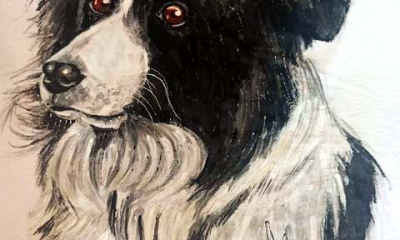
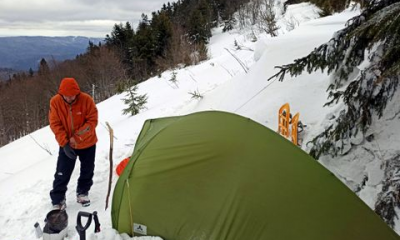
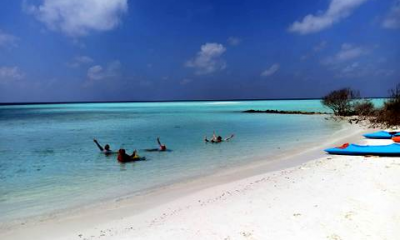
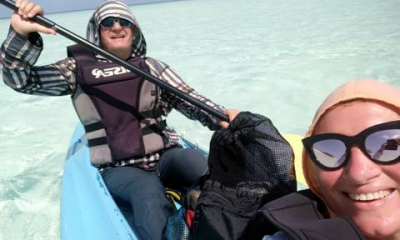
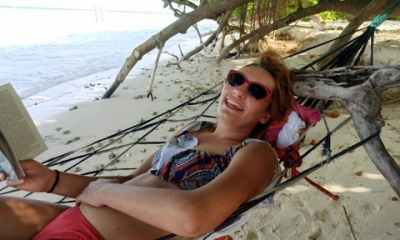
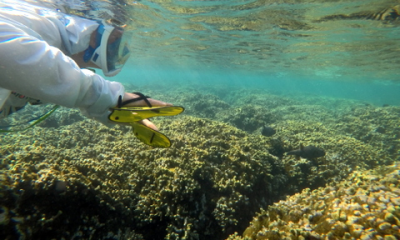
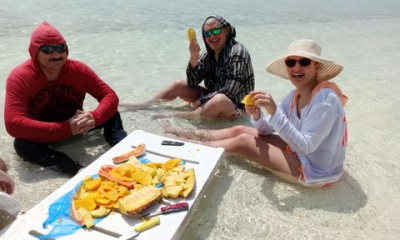
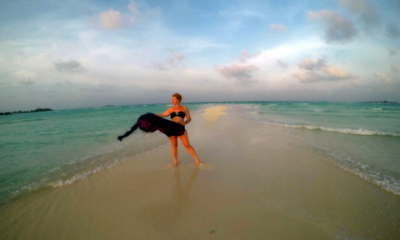
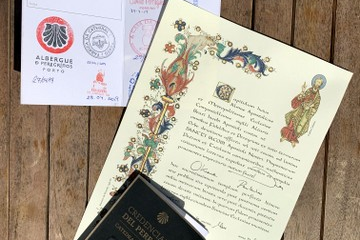
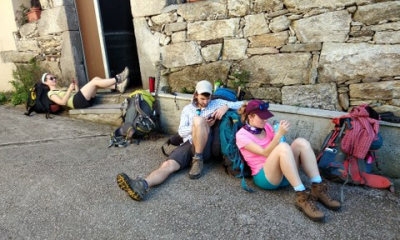
 English
English  Russian
Russian 